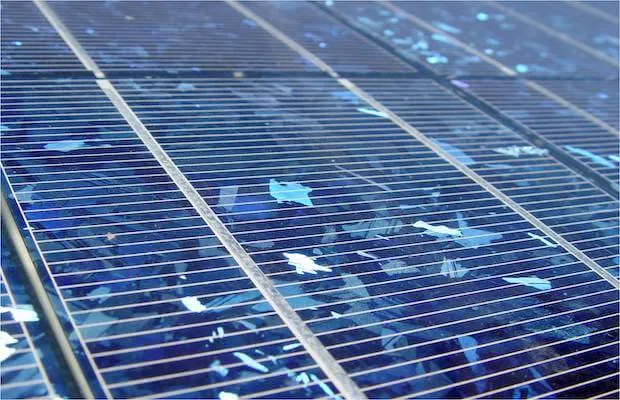Geothermal power is less carbon-emitting than photovoltaic
- The latest study has disclosed that geothermal plants produce less CO2 emissions compared to photovoltaic cells during lifespan.

Indian scientists have discovered that one solar cell emits around 3312×106 kilos of carbon dioxide during its lifespan. This is much more compared to 450 grams per kilowatt-hour emitted by a geothermal system.
As researchers explain, even if a cell emits no carbon in the process of power production, it does release much CO2 during the whole lifespan. Thus, it is not a zero-carbon source of energy. Analyzing the lifetime of a PV cell, explorers take into account the materials used for device production, as well as its ecological footprint over the period of constructing, operating and decommissioning of solar systems.
The PV cell’s lifespan consists of the following stages. Manufacturing of solar devices sufficient for generation of 1 megawatt electric requires around 10t of quartz. At first, metallurgical-grade silicon is produced, and then it is purified into semiconductor-grade silicon. The first step releases 1756×106 kilos of carbon dioxide. About the same amount is emitted when SGS is converted into ingots. Totally, the carbon emission during a cell’s life cycle amounts to approximately 3312×106 kilos.
Besides, solar device waste management is also an urgent issue. About 78mn tons of PV waste is generated worldwide, which will produce a significant amount of carbon dioxide as well.
In accordance with IEA's Sustainable Development Scenario aimed at reduction of carbon emission, around 54×109 solar cells are needed to generate the targeted 14,139 terawatt-hours of power. Comparing geothermal and photovoltaic power sources, the study authors have concluded that the former will be an optimal choice in terms of addressing climate change.
Also read
- Camphor Additives Boost Perovskite Solar Cell Efficiency
- NUS Sets Record With 26.4% Perovskite-Organic Solar Cell
- Boric-acid interface pushes all-perovskite tandem cell efficiency to 28.5 %
- World-Leading Efficiency: NUS Team Sets World Record with 26.4% Perovskite-Organic Tandem Cell
- Trina’s 841-W Tandem Panel Shakes Up SNEC 2025
